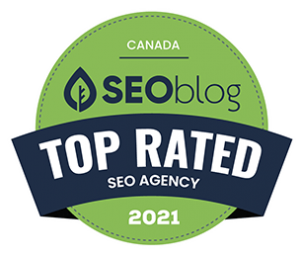— November 13, 2017

geralt / Pixabay
Because everyone’s career stories are unique, the answer to “how to write an executive resume” is not simple. What I can say definitively is my clients hired into SVP and C-Suite roles are able to successfully convey that their experience ticks off these 5 boxes:
- They are leaders
- They think strategically
- They partner across organizations
- They produce results
- In one way or another, they are regarded as experts in their field or industry
To articulate that your experience ticks off these boxes, it’s likely that the resume you used to land your last role, or series of middle-management jobs, won’t cut it.
Why? Competition at the top is steep — and a resume that is generic in how it describes you and focuses on your responsibilities rather than your bottom-line impact – is not likely to bubble to the top. When I write resumes for the Executive or C-Suite, I focus on 3 primary areas.
#1 Branding Paragraph or Executive Summary
When exploring the idea of how to write an executive resume, ponder this. If the reader has only enough time to read this paragraph – and nothing else — will they walk away with a strong sense of what you bring to the table? Or will they think you sound like everyone else?
In this section, you need to show the reader that you are a PERFECT FIT FOR THE ROLE – by weaving in a handful of details UNIQUE TO YOU that show the reader you have ticked off the 5 above-mentioned boxes.
For example, when showing leadership and results, spell out that you’ve led teams from “50 to 200 people that have propelled companies to achieve 30% YOY growth,” or that you’ve “led teams at Fortune 500s and startups alike throughout acquisitions and consolidations.”
This level of detail is unique to you, and will differentiate you from a sea of folks who will simply say “Proven results leading teams.”
#2 Results
At the end of the day – people hiring for top roles are interested in the bottom line impact of your work – not the responsibilities you performed to get there. More importantly, executive leaders are expected to create and execute strategies that propel the company forward toward a common vision or goal.
You must show this bottom line impact by showcasing your strategy along with quantifiable results and context. Here’s an example that shows the impact of an achievement that spells out a bit of strategy, and backs it up with impressive stats:
- BAD: Grew revenues exponentially.
- BETTER: Grew revenues 40% in 18 months.
- BEST: Grew revenues 40% to $ 15M in 18 months by instituting company’s first sales performance KPIs – accounting for 20% of total corporate revenues.
When considering which achievements to include –think through how you have ticked off the 5 boxes outlined at the beginning of this article (leadership, strategy, collaboration, results, expertise).
#3 Thought Leadership
By the time you’ve hit, or are ready to hit, the upper echelons of a company – there’s a good chance you’ve shared your expertise in some fashion with others beyond your team of direct reports.
Have you contributed to an industry or internal publication? Been a guest speaker or part of a panel discussion at a conference? Invited to join a board or serve on a special committee for an industry association or a special internal initiative?
Articulating these accomplishments show readers you are someone regarded as an expert in your field or industry – and are a hallmark of success.
Ready to Rise
If your resume:
1) leads off with a paragraph that connects the dots for the reader as to how you are a perfect fit
2) offers insight into your strategy and the results it produced, AND
3) identifies you as a thought leader
. . . then you will no longer have to ask yourself “how to write an executive resume,” as yours will be prepared to position you optimally for that next-level executive or C-Suite role.
Business & Finance Articles on Business 2 Community
(59)
Report Post



